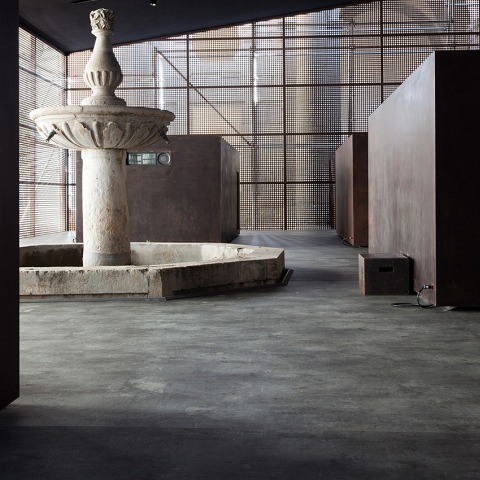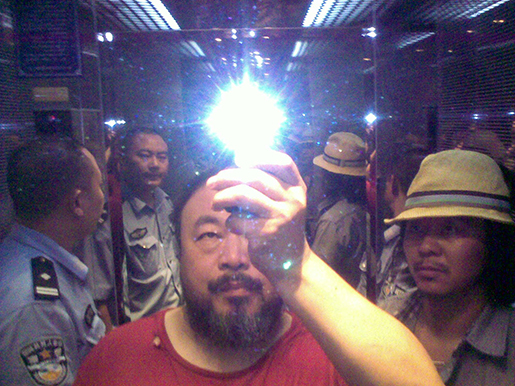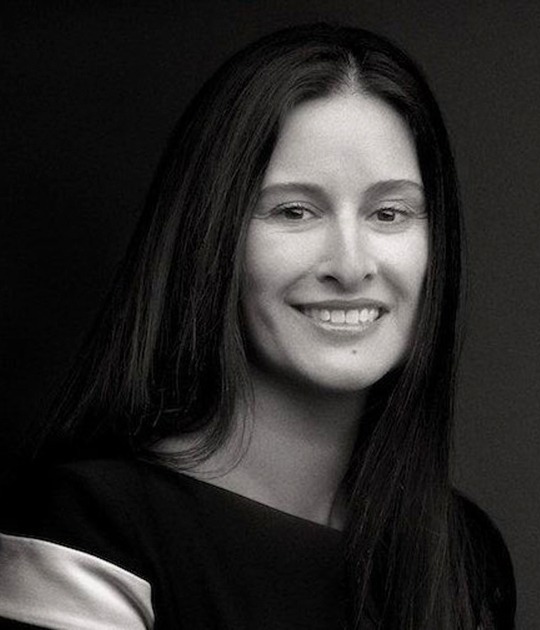The project consists of three exhibitions, linked by an exceptional artistic and historical setting with a unique concept, which aims to disseminate the ability of art to become a vehicle of freedom, in a decisive weapon in the fight for individual human rights and collective. The three-different approaches exhibitions or "views" on the same matter-are located in different areas of the cathedral, but are solidly united by a common thread: The Poetics of freedom. The testimony of a single set of artists for whom there are no boundaries between artistic or literary expression and personal attitude itself. A concept that is embodied in a contemporary and highly aesthetic striking exhibition design, innovative approach.
Cervantes and freedom
Is a sign of "timeless look" that explores, in our time, in the way that freedom is an integral concept in life and literature of Miguel de Cervantes, for whom his years of captivity were definitive when trace, through writing, the moral portrait of his time, breaking all the molds and giving way, with Don Quixote, the birth of the modern novel. It is impossible to understand the cervantino canon without the concepts of captivity and freedom, which are the essence of his work. Freedom Cervantes becomes the key to his artistic work, in and out of the work. Imbues his characters, the author himself and the millions of readers who have followed in his footsteps, symbolically riding across the Channel in search of the highest ideals through the centuries. Marks his vision of man and the world and is present continuously in its reflection on society and in the literary practice: wide, ironic, tolerant, open to individual peculiarities, enemy of dogmatism and sign only claim values such as justice, tolerance, courage, honor and the right to dream. As a transition between the exhibition dedicated to Cervantes and installation libertady Ai Weiwei, an installation will be discussed Florencio Galindo original work entitled The Labyrinth of the dictator.
S.A.C.R.E.D.
Ai Weiwei installation, key and heart of this exhibition, which will be located in the cloister of the cathedral. Ai Weiwei, a cultural figure of the first order of his generation, stands as a symbol of the artist committed to freedom of expression in the XXI century. Its moral position gives full meaning to the descriptive narration and personifies the strength of a contemporary artist who favors with his work, his personal attitude and its active position against injustice and oppression, changing social attitude through art.
S.A.C.R.E.D. It is the interpretation and representation of the own life experience of Ai Weiwei, realistic and yet deeply lyrical time, when he reveals to the viewer the most painful and intimate moments of her captivity in China and underscores the relentless attack on the personal dignity and freedom he, like many others, have suffered and continue to suffer at the hands of the authorities in China and other countries in the world where freedom of expression is subject by force.
The installation consists of six parts: Dinner, Prosecutions, Cleaning Ritual, Entropy and Duda. The proposal, historic in the work of the Chinese artist, consists of six large iron boxes with small openings like that WILL find in the door of a celda-, through which the viewer to dioramas that contain peeks inside. Each diorama includes a series of hyper-realistic models representing the artist and his captors, and thoroughly documents the details of the different stages of imprisonment, from the moment that is led to his cell to the interrogation, telling intimate and everyday moments of captivity and more humiliating, as when he was forced to use the toilet or wash naked under the gaze of his captors ...
It will be the first time that this installation is displayed in Spain, thanks to the collaboration with the study of the artist and Lisson Gallery in London.
High expression
Both complements and give unitary sense to the two previous samples. This is an exhibition that sets the "closer look", the closest to us in space and time, and is conceived as an exercise in collective, in which works of Martin Chirino be exhibited, Francisco Farreras, Luis Rafael Feito and Canogar, essential figures of Spanish informalism, interspersed with photographs of Juan Barte.
It will be an excellent opportunity to see the works, sketches, ideas and processes in creating these artists who fought, getting, for breaking the ethical and intellectual captivity of an era after them, and did not return to be the same in the territory of art. An artistic process shown in vibrant dialogue with the photographs captured them in full creative action, as frank as shocking snapshots.
At the end of the historical avant-garde, when abstract art extends worldwide, in Spanish art he had installed an autarchy that gripped artistic creation and, at the same time kept isolated from international currents. The Franco regime was belligerent with those aesthetic and artistic expressions that then spoke in a cryptic language unknown and subversive-the abstraction of a forbidden concept of freedom. expressive freedom and public freedom. The proposal on which these painters and sculptors developed their vision of art and the use of materials passed with relative ease the barriers of censorship, but was highly offensive to some academic institutions, who advocated a national art exalting traditional values against contact with art from abroad.
This project is the result of three years of continuous contact between the photographer Juan Barte and informalists artists. It is both a tribute to these myths still active as a personal narrative of fascination for art and the way the artist as a way of life. High expression in this sense is not a strictly documentary work, the story may seem fragmented and disjointed and probably speaks more of the photographer's own perspective and its universe of the photographed subject.












































